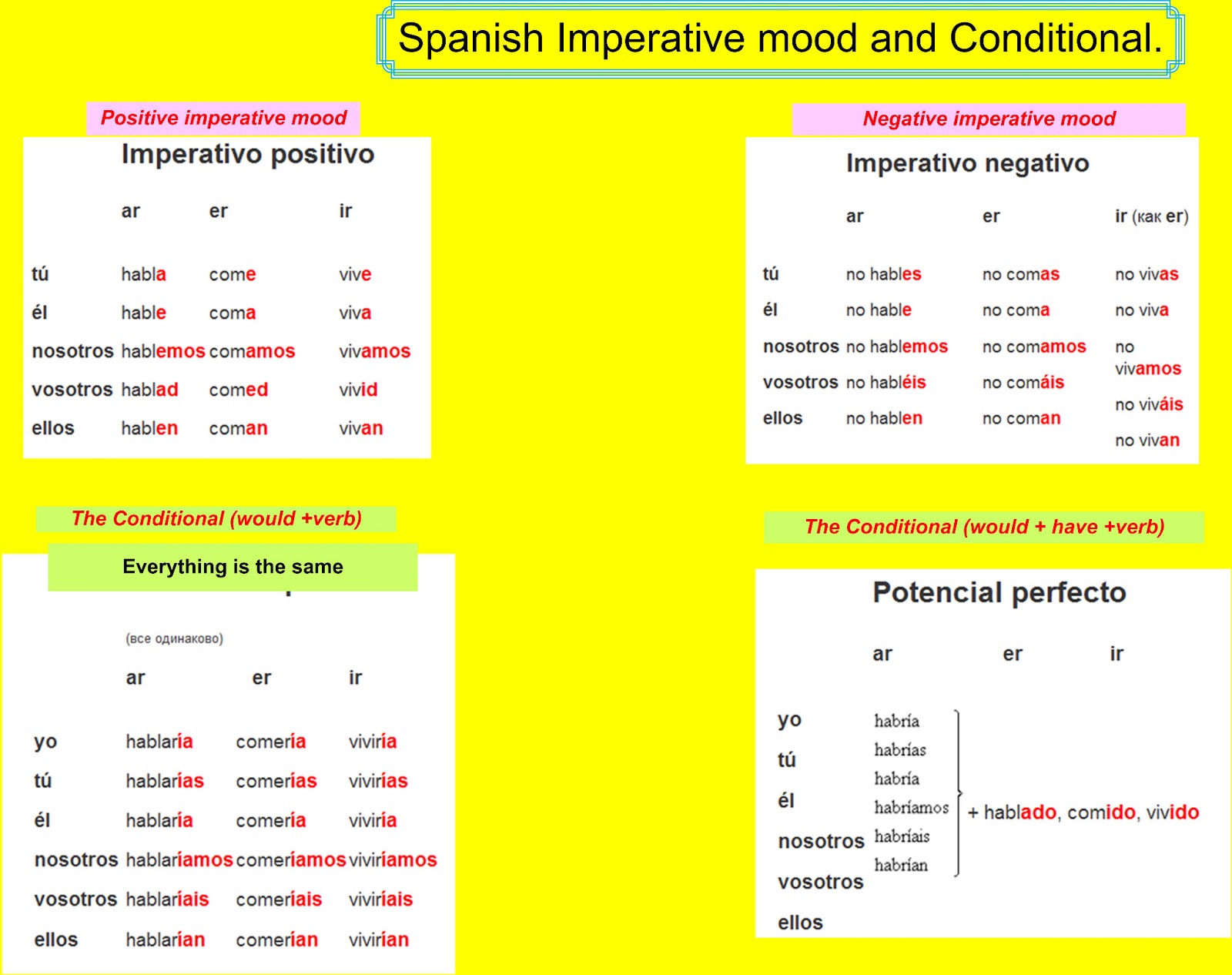
The guy behind the bar looked at me with bewilderment.Īpart from my errant use the use of the verb ‘tener’ in this context-it may appear as more a philosophical question in Spanish than anything else (can I actually ‘have’ a tortilla?)-the conditional tense is only really used in the present for expressing politeness. When I was in Sevilla I went into a tapas bar and asked for a ‘tortilla’ (Spanish omelette) as follows: In English, we ask for things as follows: You need to be careful with the use of the conditional tense when asking for things in say a restaurant or a shop. Querría visitar todos los países del mundo. I would like to visit every country in the world. Me gustaría vivir durante un año en Argentina. I would like to live for a year in Argentina.


In Spanish, you can use the conditional form of ‘gustar’, ‘desear’ or ‘querer’ to express a similar idea. In English, you would use the phrase ‘I would like’ to express a preference for what you would want to happen in the future. One of the most common uses of the Spanish conditional tense is for expressing desires for the future. Use #1 – To express desires for the future
#3 SPANISH MOODS HOW TO#
Now that you know how to conjugate the conditional tense, let’s take a look at a few situations where you can use it. Here are a few examples of the irregular conditional verbs in action: English The 12 irregular verbs for the two tenses and the associated prefix are: Verbos Irregulares There are only 12 irregular verbs for the conditional tense in Spanish.Īs the Spanish future tense is formed in exactly the same way as the Spanish conditional tense, these 12 irregular verbs apply equally to both tenses. Here you can see a few more examples the regular conditional conjugations in action: English This in English would mean ‘she would pass’. If you want to conjugate this verb, in say the third person, you simply have to add the ía ending as shown in the graphic above: To give a quick example, you could start with a regular Spanish verb like: Here I have represented how to form the conditional tense in this graphic: The only exceptions you need to be aware of are the irregulars verbs-you will learn about these in detail in the next section. You start with the infinitive form of the verb and then add a suffix depending on the person you are referring to.Īs I mentioned earlier, one of the most convenient aspects of this tense is that conjugations for ‘ar’, ‘er’ and ‘ir’ verbs are exactly the same. The Spanish conditional tense is formed in exactly the same way as the Spanish future simple tense. How to form the Spanish conditional tense
#3 SPANISH MOODS PDF#
Printable Version: Download this PDF version of the rules for the Spanish Conditional Tense to use as a study reference. You will also get to see a few examples of where English students typically make mistakes with this common tense.


You will learn about 5 common options for where and how you can use it. In this article, you will get an overview of how to form the Spanish conditional tense. Every time you think you could use a word like ‘would’, ‘could’ or ‘should’ in English, it is likely there is a Spanish equivalent.īut (naturally, there was a but coming), there are a few situations where English natives typically make mistakes with the Spanish conditional. In addition to the convenience of the conjugations, the conditional tense in Spanish is used in a similar way to how we would express conditional ideas in English. Another bonus, there are only a small number of irregular verbs. One of the best things about the Spanish conditional tense is that it is one of the easiest Spanish verb tenses to conjugate.Īlso known as the simple conditional or condicional simple in Spanish, this tense is easier than other tenses because the conjugations for the regular ‘ar’, ‘er’ and ‘ir’ verbs are all exactly the same.


 0 kommentar(er)
0 kommentar(er)
